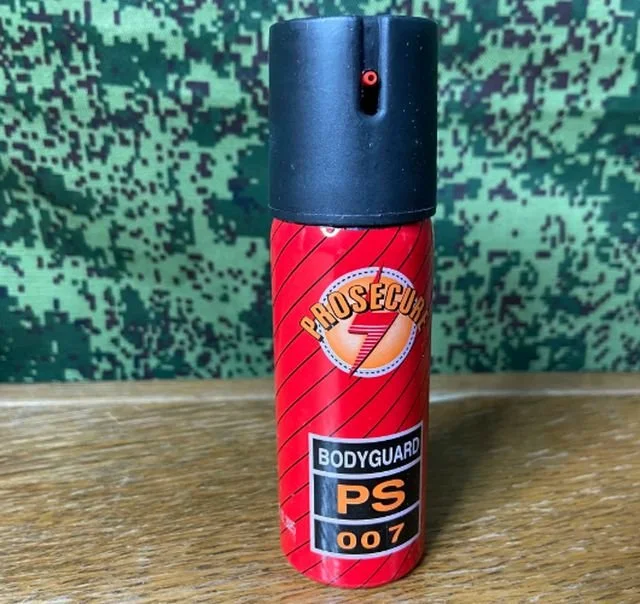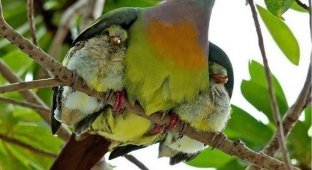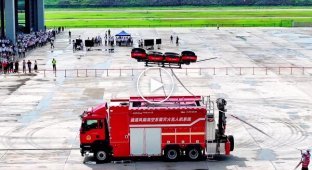What should be in an emergency suitcase: 15 things you can't do without (15 photos)
An emergency kit is not just a useful thing to have in case of an emergency, but a real necessity. It can become an important assistant in various crisis situations, such as natural disasters, force majeure circumstances or evacuation. Despite the importance of its contents, many do not think about the necessary kit until the moment comes when they need to act quickly. Putting together an emergency kit in advance and including the most important things in it is a smart move for everyone. In this article, we will take a closer look at 15 items that will definitely not be superfluous in your emergency kit.
Products that do not spoil for a long time
Food products that do not require special storage conditions should be an integral part of the emergency kit. These can be canned goods, dry soups, nuts, chocolate and energy bars. Choose products with a high calorie content, as in an emergency you need to replenish energy. These products will not take up much space, but will be useful if there is no access to full-fledged food. You can also think about purchasing dry rations - they try to organize a nutritious, varied, balanced daily (or more) menu. 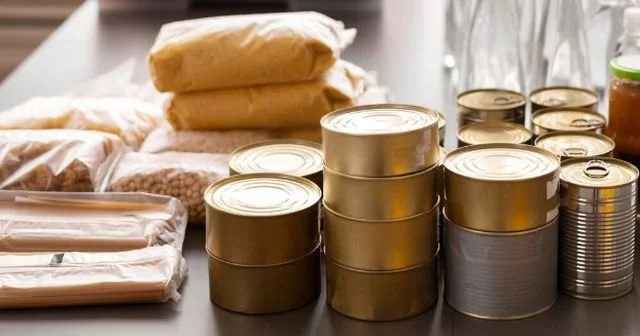
Water
Water is the basis of life. Staying without it for a long time can lead to dehydration and even death. Therefore, it is important to always have at least a liter of water per person per day, and preferably more. Do not forget about an additional container for water, be it a bottle with a filter or a flask, which will come in handy for reuse. In an evacuation situation or on the way to a safe place, the presence of clean liquid can have a decisive impact on health. 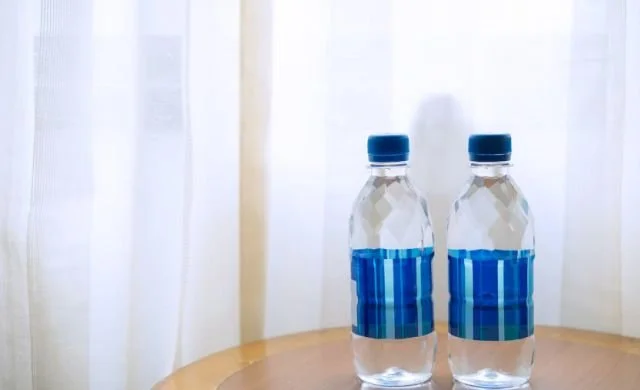
First Aid Kit
To provide first aid for injuries, cuts or other emergency situations, you need a set of medications. Your kit should include painkillers, allergy medications, antiseptics and bandages. It is also worth putting a band-aid, sterile wipes and a thermometer in the first aid kit. This will not only make you feel better, but will also help you care for other people if they need it. 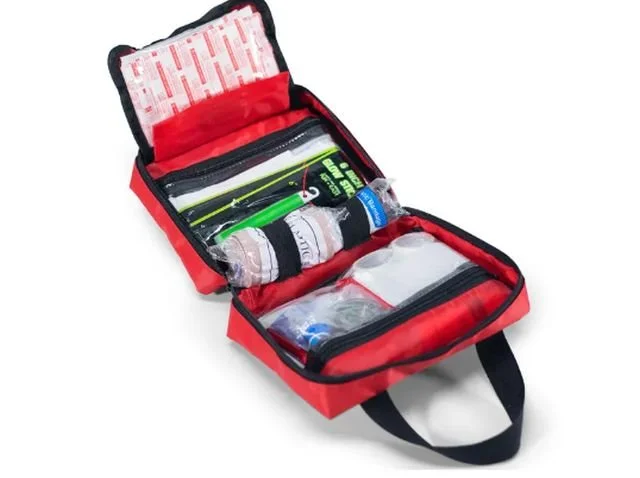
Documents and their copies
Identity documents, as well as other important papers, are what you need to have on hand in case of an emergency. These include passports, medical records, insurance policies and other necessary documents. To avoid losing them, put the originals and copies in a sealed bag. This will protect them from moisture. It is also a good idea to make digital copies of these papers so that if the originals are lost, you can quickly restore the information. 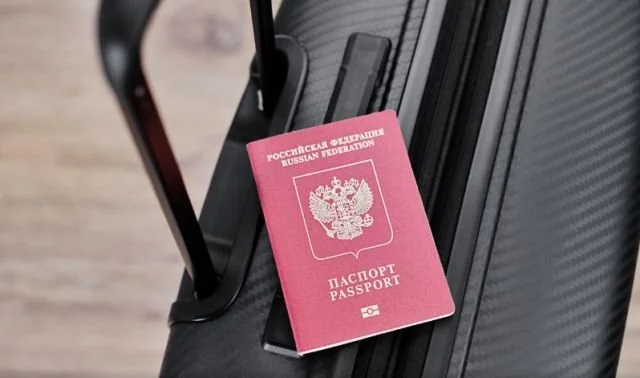
Chargers and powerbank
In the world of technology, a mobile phone is the main means of communication and information. In order not to be left without communication, be sure to take chargers and portable batteries with you. Make sure they are fully charged and take spare ones. In case of an emergency, it is important for you to be able to charge your device for communication, navigation and receiving important news. 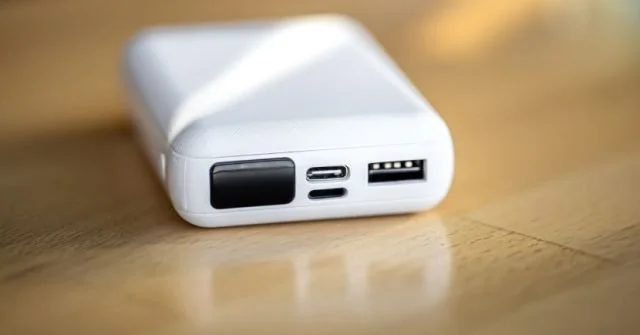
Warm clothes
In situations where you have to spend the night on the street or in an unsuitable room, it is important to take care of the warmth. Pack compact and lightweight blankets, warm clothes, and a change of underwear. A soft fleece blanket that is easy to pack into your suitcase, and extra socks, gloves, and hats can be the key to a comfortable night's sleep in the cold season. This is especially true in winter. Tip: use vacuum bags for clothes to save space. 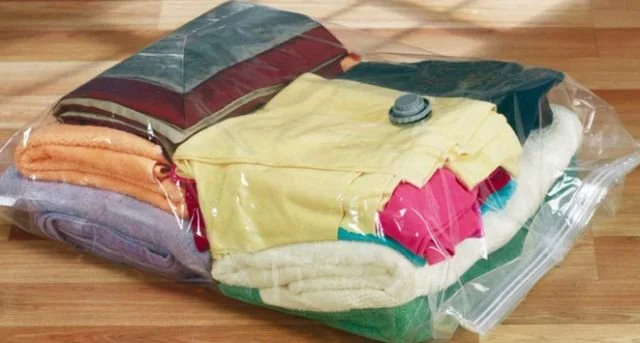
Insect repellents
Depending on where you plan to go, insect protection can be vital. Mosquitoes, ticks, and other insects can transmit diseases, and having repellents in your kit will help you avoid such risks. These can be creams, sprays, or patches. Additionally, it is worth putting in your suitcase remedies for itching or inflammation from bites. 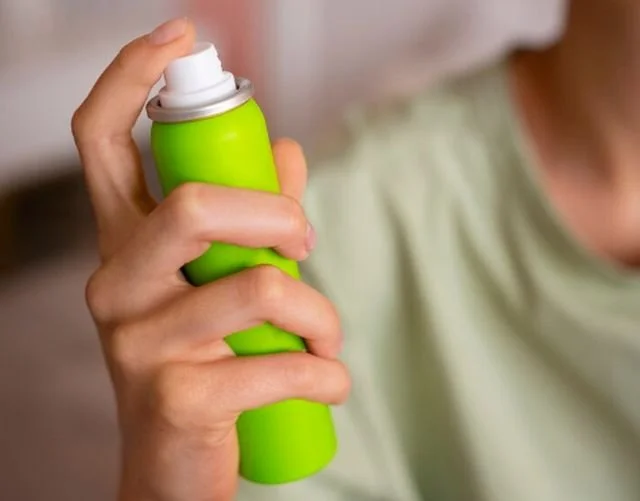
Matches or lighter
To make a fire in the wild or when there is a shortage of energy, you need to have a means of starting a fire. Matches or a lighter are convenient and compact devices that will help you warm up, cook food, or set a signal for rescuers. Make sure that the means of starting a fire are in an airtight container so that they do not get wet and do not lose their properties. 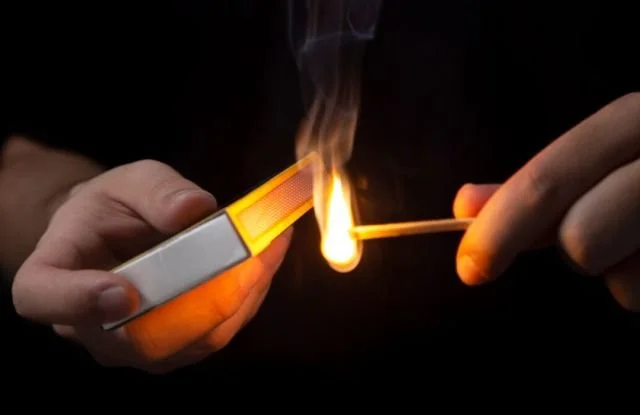
Personal hygiene products
Psychological comfort in an extreme situation is also important, and maintaining basic cleanliness will help you avoid infections and discomfort. Include toilet paper, wet wipes, toothpaste and toothbrush, as well as body wash products in your emergency kit. These items, although not considered vital, can be extremely useful if time and conditions for maintaining hygiene are limited. 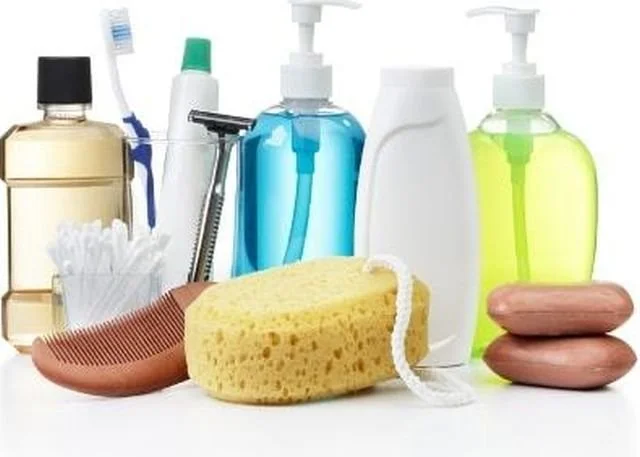
Flashlight and spare batteries
No electricity at night can be a problem. Therefore, a flashlight, regular or headlamp, as well as spare batteries are a must-have item in an emergency kit. These devices will help you navigate in the dark and perform necessary actions, such as cooking, finding shelter or starting a fire. It is important that the flashlight is compact, bright and durable. 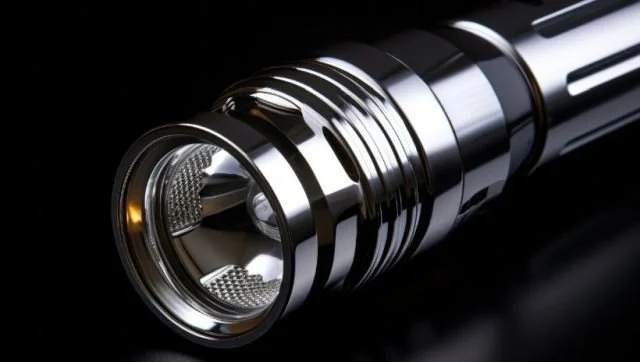
Special clothing
Clothing that dries quickly is an important component for traveling in unpredictable conditions. Wet clothing, especially in cold weather, can lead to hypothermia, so it is recommended to take thermal underwear or T-shirts made of synthetic fabrics. These items are compact, lightweight and do not take up much space, but will help you stay dry and protected from cold temperatures. 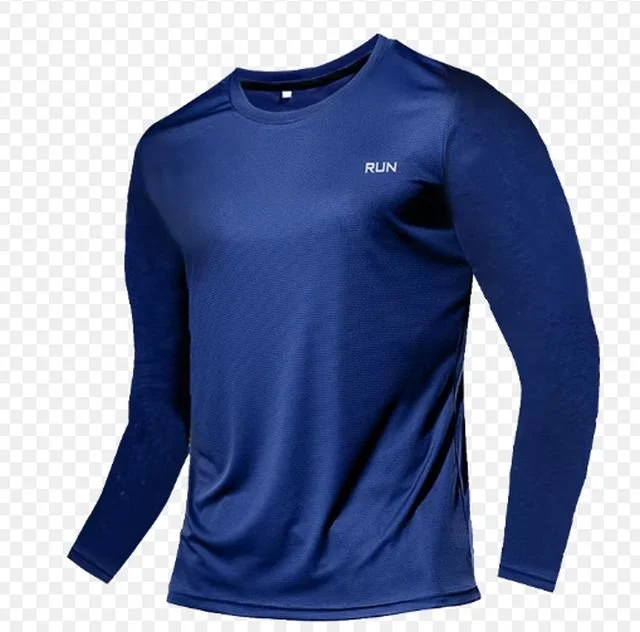
Cash
In a crisis or during a sudden evacuation, you may encounter problems using bank cards. For this reason, cash is not just a convenience, but a necessity. Carry a small amount of different bills with you. This will allow you to easily resolve issues that require cash, as well as exchange money in emergency situations. 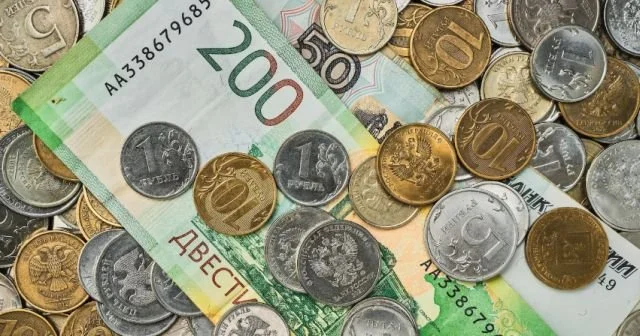
Book and notebook
To maintain morale and distract yourself from stress, it is useful to take a book with you. Reading can be a source of calm in times of uncertainty, and taking notes in a notebook will help you write down important information, make plans, or simply record thoughts, which helps reduce anxiety. It will not take up much space, but can significantly improve your psycho-emotional state. 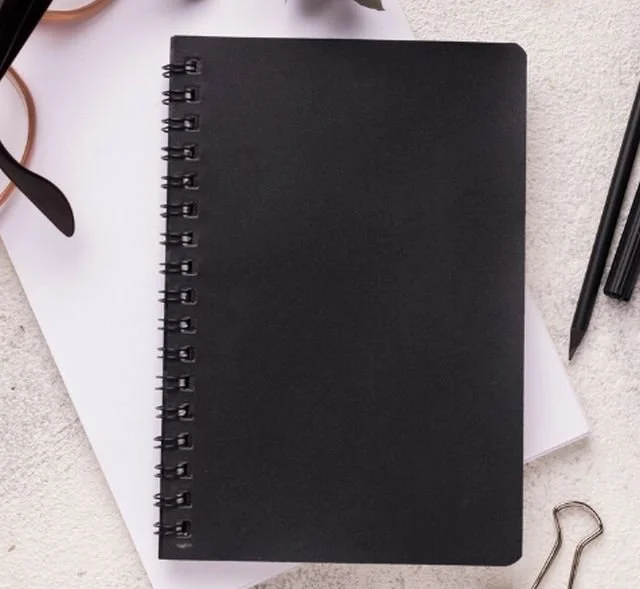
Multi-tool, knife
Multi-tools are always useful. A multi-tool with a knife, scissors and screwdrivers helps to solve various problems - from starting a fire to performing minor repairs. Its compact size will not take up much space, but its versatility will make it an indispensable element of your kit. In an emergency, such equipment can help out both when preparing food and when providing assistance to victims. If a small knife in a multi-tool is not enough, put a regular knife in an emergency suitcase (only in a sheath, or at least wrap it in a towel). 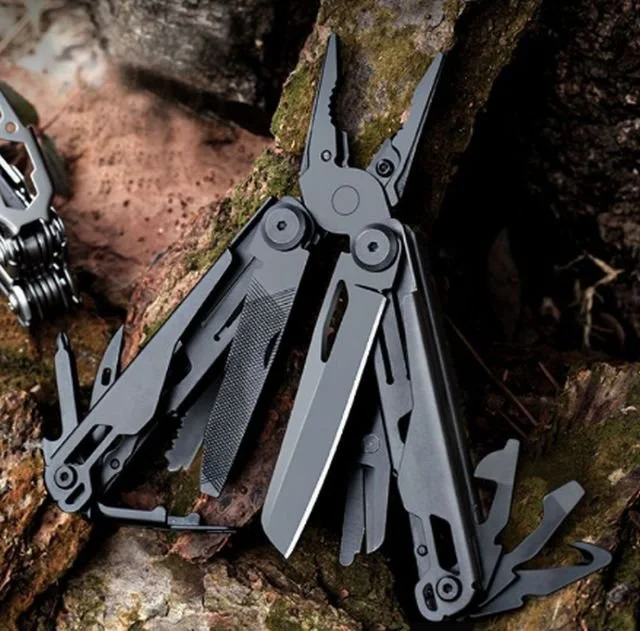
Personal self-defense
Having a means of self-defense in an emergency can also be vital. This could be pepper spray, a stun gun, or other compact devices for protection against attacks. These items will help you protect yourself if a threat arises. However, it is important to remember that the use of such means must comply with the laws of your country.
Conclusion
Packaging an emergency kit is not just a set of random things, but a rational choice of items that may be useful in a critical situation. The more thoroughly you prepare, the faster you can act and survive emergency circumstances. Make sure all important things are in your suitcase and check its contents periodically, updating goods and products. 